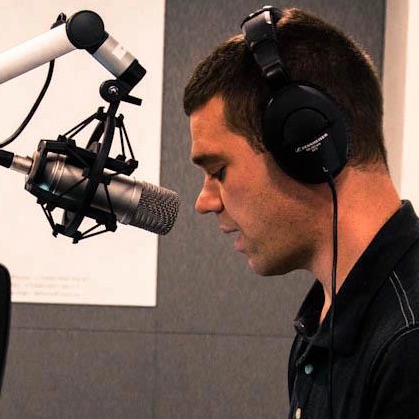Looking at data from this test (officially the National Assessment of Educational Progress or NAEP), the Washington Teachers' Union concluded: "Not only have the gaps grown, they are growing at an unprecedented rate."
Shortchanging 'At-risk' Students
In an effort to narrow D.C.'s achievement gap, the city began allocating additional funding for 'at-risk' students in the 2014/15 school year, providing DCPS schools with an extra $2,000 per at-risk student.
D.C. defines at-risk students as those who are eligible for nutritional or financial assistance, in foster care or homeless, or one or more years behind grade level in high school.
The funding, which totals $47 million this year, is meant to provide increased assistance to schools with greater needs.
But a 2015 report from the D.C. Fiscal Policy Institute (DCFPI) showed funding flowing disproportionately to schools "with lower levels of need."
During the 2014/15 academic year, schools where more than 70 percent of students were at-risk received $1,744 per an at-risk pupil, according to civil rights attorney and school budget expert Mary Levy. Meanwhile schools where less than 10 percent of students were at-risk got $7,686 per pupil; that's more than four times higher.
At the extremes, Stanton Elementary School in southeast D.C., where poverty is high, received just $319 per an at-risk student in 2014/15, while Capitol Hill Montessori received $19,298.
"The Council finally tried to do the right thing about the achievement gap," said fifth grade DCPS teacher Chris Bergfalk, but the funding "disproportionately went to kids who didn't need it."
While DCPS's imbalance in disbursing at-risk funding has lessened in subsequent years, problems remain. A 2016 follow-up report by DCFPI showed "nearly half of the 'at-risk' funding" is being used to support core functions," like extended school years, athletics and arts; which, while important, are supposed to be covered in the general budget.
Testifying at a Council hearing, Henderson defended DCPS's use of at-risk funds, and questioned the "pathology" of critics who "want to remediate [students] to death."
Meanwhile, Henderson's commitment to narrowing the achievement gap - the basis for why she and Rhee were given such unprecedented power - has fallen by the wayside, notes reporter Jeffrey Anderson.
"In Washington, D.C., we have the greatest income inequality in the country," explained Henderson. "That gap is only growing, and the fact that our achievement gap is growing in a similar way shouldn't be baffling."
"Let's remember," writes WTU president Elizabeth Davis, "addressing the achievement gap, and the educational performance of African American and Latino children was the goal that both chancellors Rhee and Henderson claimed they were going to fix."
As Henderson takes her victory lap, touting her turnaround of DCPS, it goes largely unsaid that she hasn't fixed D.C.'s achievement gap, but overseen its widening.
(Note: You can view every article as one long page if you sign up as an Advocate Member, or higher).





